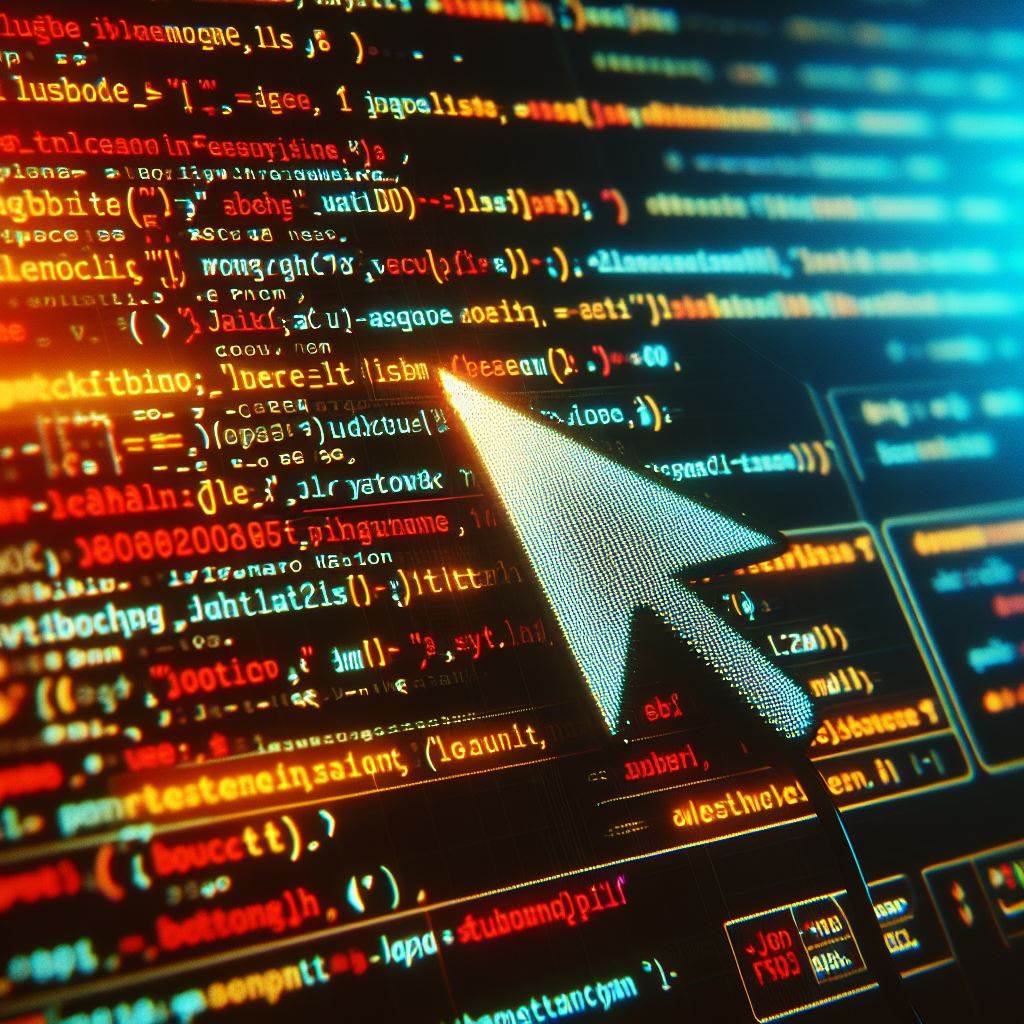As the pursuit of advanced computational methodologies progresses, experts are increasingly turning their focus towards integrating quantum computing with machine learning. This combination, often referred to as quantum machine learning, is an exciting frontier that promises significant advancements in various sectors.
Quantum computing represents a stark departure from traditional computing. While classic computers use bits as the smallest unit of information (which can be either 0 or 1), quantum computers use quantum bits, or qubits. Qubits can exist simultaneously as 0 and 1 thanks to the principles of quantum superposition. This ability allows quantum systems to handle and process large quantities of data far more efficiently than their classical counterparts.
What is Machine Learning?
Machine learning is dedicated to crafting algorithms capable of learning from data to predict outcomes or make decisions. Unlike traditional programming, where explicit instructions are given for each task, machine learning algorithms evolve independently through exposure to data. They scrutinize patterns within the data, discerning relationships and trends to refine their predictive capabilities.
Machine learning operates through two primary methods: supervised and unsupervised learning. In supervised learning, algorithms are trained on labeled data, where each input is paired with its corresponding output. Through this process, the algorithm learns to map inputs to outputs, enabling it to make predictions on unseen data accurately. Unsupervised learning involves uncovering hidden patterns or structures within unlabeled data. Here, algorithms autonomously identify similarities or groupings within the data, providing insights without explicit guidance.
Quantum Machine Learning
Quantum machine learning represents an innovative fusion of quantum computing’s formidable data processing capabilities with the adaptive learning prowess of machine learning. This merging of disciplines holds the promise of transforming our approach to tackling intricate problems that currently elude conventional computing methods. Quantum computing’s unparalleled computational power has the potential to significantly slash processing times for algorithms and task execution within machine learning models.
Quantum machine learning leverages quantum phenomena such as superposition and entanglement to enhance the efficiency and effectiveness of learning algorithms. These quantum-enhanced algorithms can explore vast solution spaces more rapidly than classical counterparts, opening doors to solving complex optimization and pattern recognition challenges at unprecedented speeds.
The Role of Ruta
Ruta, though less commonly known in mainstream tech discussions, is a simulation tool designed for developing and testing quantum algorithms. It offers a framework where developers can explore quantum machine learning algorithms before potentially deploying them on real quantum hardware. Think of Ruta as a testbed for the creation and refinement of quantum-enhanced machine learning strategies.
Venturing Through Applications of Quantum Machine Learning
Quantum computing offers substantially improved security features over classical computing, particularly through quantum cryptography. Integrating these quantum security measures with machine learning can lead to safer, more secure AI applications, particularly in fields like online transactions and personal data security.
Machine learning models are pivotal in predicting how different chemical compounds will interact with the human body. Quantum machine learning could significantly speed up these predictions, reducing the time and cost associated with drug development. This could revolutionize how quickly new medications are brought to market, potentially saving lives.
Quantum machine learning could also transform finance by optimizing trading models and managing risk with unprecedented speed and accuracy. The ability to quickly process vast amounts of market data and economic indicators can lead to more robust financial strategies.
Quantum machine learning could enhance the ability to model complex climate systems, providing more accurate predictions about weather patterns and climate change. This capability could be crucial for developing strategies to mitigate the effects of extreme weather events and global warming.
Navigating Through Challenges
Hardware Limitations
Quantum computing technology is still in the developmental stage, with limited availability of quantum computers. The qubits used in these computers are highly sensitive and can lose their quantum state easily, a phenomenon known as decoherence.
Data Encoding
Translating real-world data into a format that can be processed by quantum systems poses a significant challenge. Quantum data encoding is still an area requiring much research and innovation.
Lack of Expertise
The pool of researchers and developers with expertise in both quantum physics and machine learning is relatively small. This talent gap can slow down research and development in quantum machine learning.
Algorithmic Complexity
Designing algorithms that can leverage the theoretical power of quantum computing is complex. Many current algorithms are experimental and require further testing and validation.
Quantum Machine Learning
Despite these challenges, the future of quantum machine learning shines bright. As more research and investment flow into quantum technologies, and as more practical and robust quantum computers come online, the integration of machine learning and quantum computing will likely produce groundbreaking results.
Application and Example
Let’s say you have a dataset from a finance sector including stock prices variations, and you wish to predict future trends. Here’s a simple theoretical example of how a quantum machine learning algorithm might be set up using Python:
# This is a hypothetical example as actual quantum ML libraries and syntax might differ
from ruta import QuantumCircuit, simulate
from ruta.ml import QuantumRegressor
# Create a quantum circuit
qc = QuantumCircuit(qubits=4)
# Add gates
qc.hadamard(range(4))
qc.cnot(control=0, target=1)
qc.cnot(control=1, target=2)
qc.cnot(control=2, target=3)
# Prepare a model
model = QuantumRegressor(qc)
# Fit model on stock price data
model.fit(train_data_features, train_data_labels)
# Predict future stocks
predictions = model.predict(test_data_features)
print(“Predicted stock trends:”, predictions)
Note: ruta and function names used here are for illustrative purposes only.
